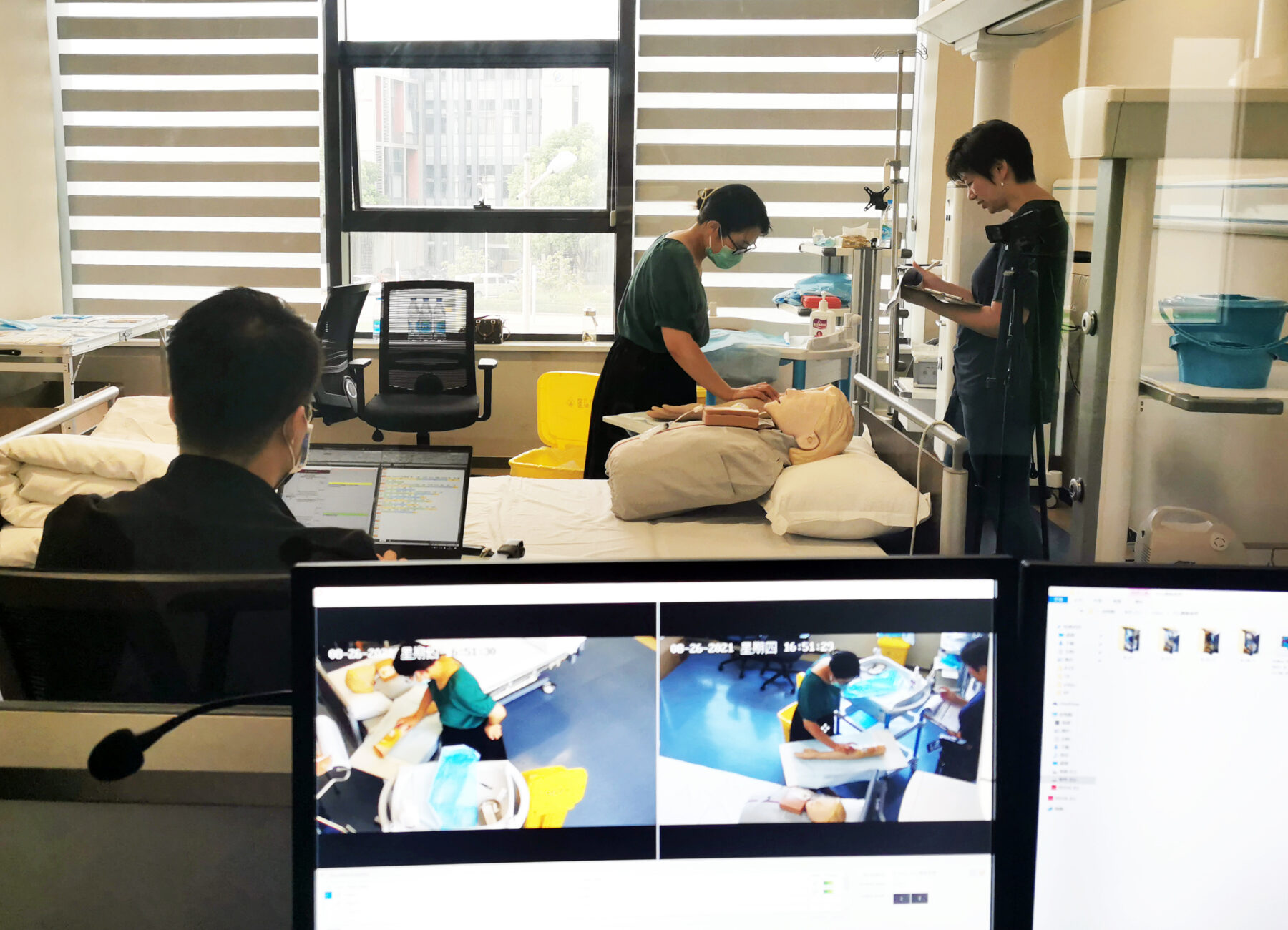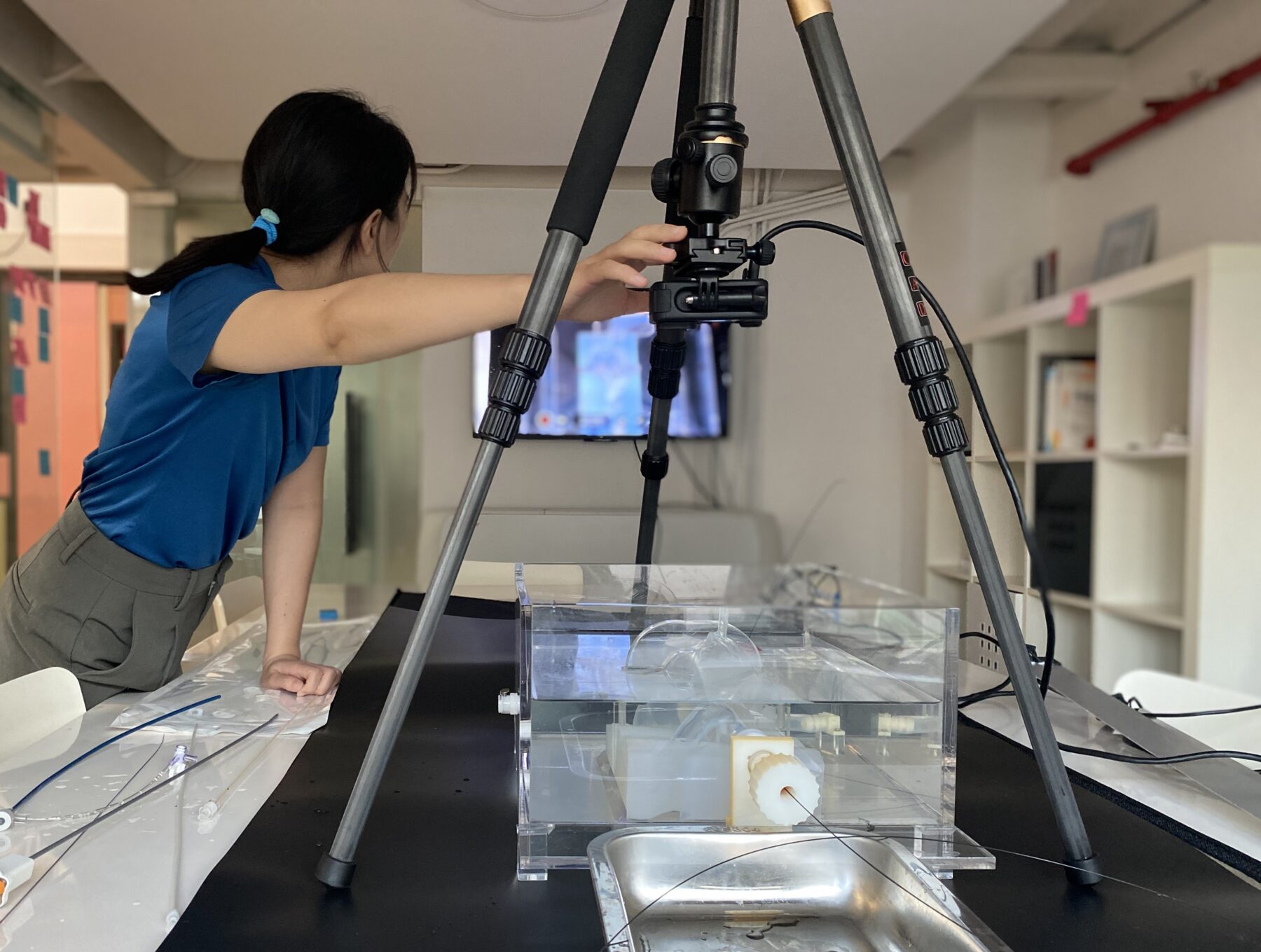The Evolving Role of AI in Human Factors
Artificial Intelligence (AI) is influencing Human Factors, from how we analyse behaviour to how we evaluate systems and interpret user experience. In this context, we need to understand not only what AI can offer, but what it can’t replace.
Artificial Intelligence (AI) is transforming the way we work. In Human Factors, it is already influencing how we analyse behaviour, evaluate systems, and interpret user experience, from accelerating data processing to revealing patterns across studies and regions.
AI technologies bring new opportunities, but also new risks. As we integrate AI into Human Factors practice, we need to understand not only what it offers, but what it can’t replace.
In this article, we offer an overview of how AI is currently being applied and point to ways it can be used effectively while preserving the judgment and rigour that are essential to good research and design.

Revolutionising Data Analysis
Perhaps the most compelling advantage of AI lies in its ability to process huge volumes of complex data at high speed. Tools like ATLAS.ti and NVivo now incorporate AI features to analyse audio and video recordings from contextual and ethnographic studies, focus groups, and qualitative or quantitative surveys. What once took weeks of manual analysis can now be done in hours.
This accelerated analysis enables researchers to quickly cluster responses, identify sentiment trends, and distil key insights, reducing the burden on human analysts and speeding up the research cycle. AI can even identify patterns across multiple studies and timeframes, revealing insights that might be missed when datasets are viewed in isolation.
But here lies a critical caveat: the quality of the output remains highly dependent on the input. Poor audio or video quality, incomplete datasets, or weak study design will still lead to flawed conclusions. Even with the best tools, asking the right questions and setting up studies correctly are irreplaceable human skills.

Streamlining Research Workflows
One of AI’s most practical benefits is its ability to enhance workflow efficiency. Tools such as Otter.ai and Rev.com offer powerful transcription services, while HeyMarvin can link transcripts to specific video timestamps. This makes it easier to navigate source material, validate findings, and create supporting evidence.
AI also helps identify relevant participant quotes and compile video reels across studies, enabling teams to focus on insight generation rather than data wrangling. These capabilities make research more agile and collaborative.
However, this convenience carries risks. Over-reliance on AI tools may erode critical thinking skills among practitioners. There is also a risk of misinterpreting AI-generated findings or overlooking flaws, especially when validation is delayed or done by those unfamiliar with the study context.
Broadening Access and Reach
AI is helping Human Factors teams operate on a more global scale. Translation tools like DeepL, used in combination with Rev.com allow rapid and accurate transcription across dozens of languages, significantly reducing barriers in multi-geography studies.
Yet, with this global reach comes increased responsibility. Inputting sensitive participant data into AI platforms raises questions around confidentiality, ethical use, and compliance with regulations such as HIPAA and GDPR. Choosing the right tool, one that aligns with ethical and regulatory standards, is not just a technical decision but a moral and legal imperative.

Enabling Real-Time and Future-Led Research
AI supports more iterative, real-time research. In early-stage studies, it enables continuous monitoring and fast feedback loops, allowing research methods to be refined on the fly. High-level outputs that once took days can now be generated in minutes.
Looking further ahead, AI holds potential in simulation and virtual environment development. From virtual patients to synthetic datasets, these tools could help reduce study bias, support training, and simulate real-world scenarios with high fidelity.
However, many of these technologies remain cost-prohibitive for everyday Human Factors work. Until costs come down, practitioners will need to weigh benefits against financial and logistical constraints.
Charting a Balanced Path Forward
AI is changing the way we work, but it should not change the foundations of Human Factors. Critical observation, contextual understanding, and ethical responsibility remain essential.
To realise the value of AI, we must pair it with rigorous validation and thoughtful use. The goal is not to replace human expertise, but to extend it.
At PDD, we aim to blend AI tools with established Human Factors methods to build a more responsive and capable approach to understanding complex systems. Used well, AI can support, not supplant, the human insight at the core of good design.
AI in Human Factors: Benefits vs Risks
Benefits
- Rapid analysis of complex datasets
- Identifies patterns across studies and regions
- Streamlines transcription and workflows
- Enables multilingual, global research
- Supports agile, real-time research cycles
Risks
- Lacks contextual understanding and nuance
- Output quality depends on input quality
- Potential erosion of critical thinking
- Ethical and regulatory data concerns
- Cost and access barriers for some tools
Willing to explore the role of AI in research? At PDD, we combine emerging tools with established research methods to create products and experiences that improve people’s lives. If you’d like to discuss in more detail, get in touch.



